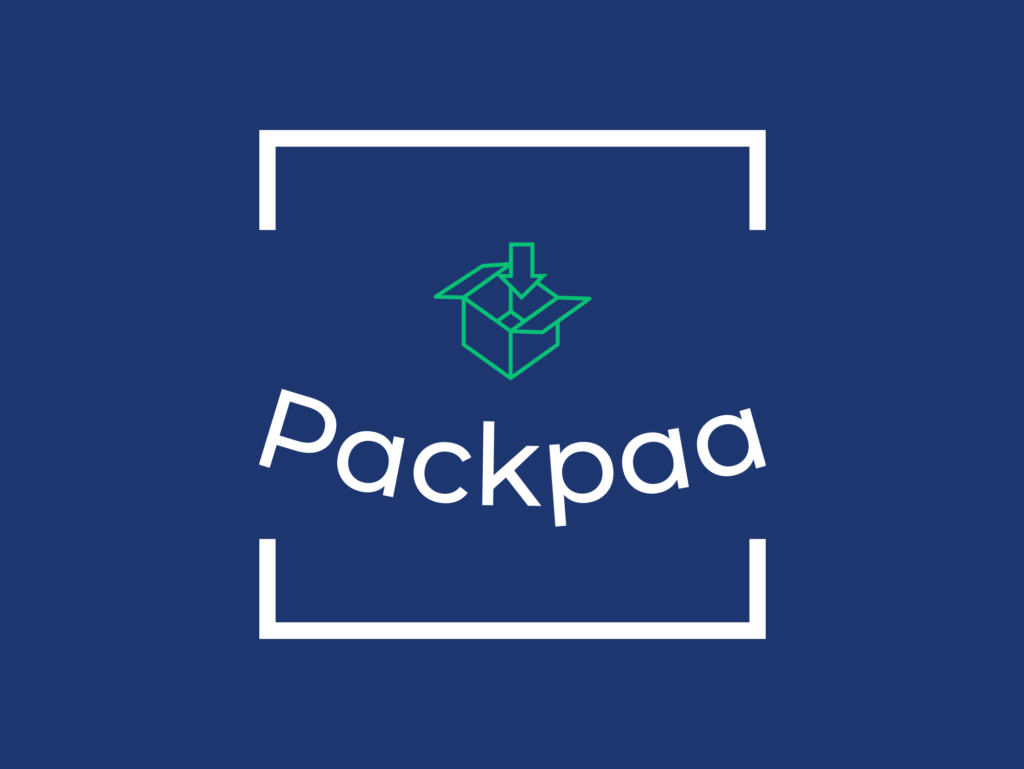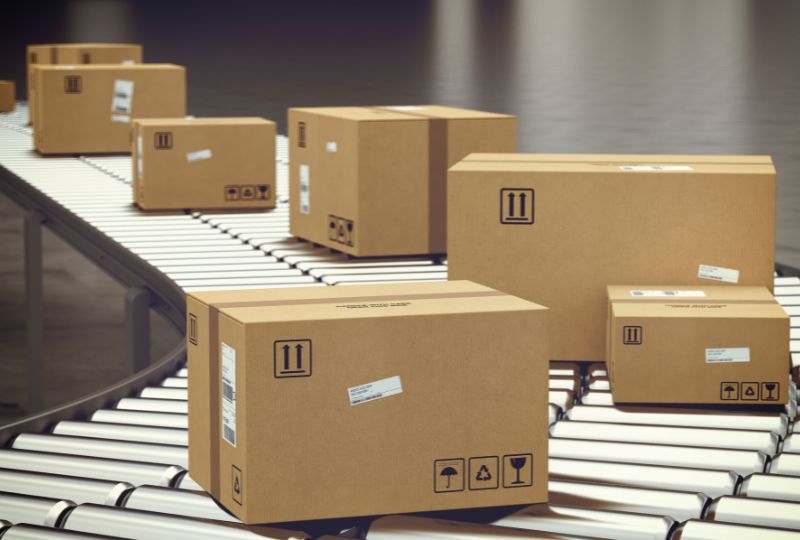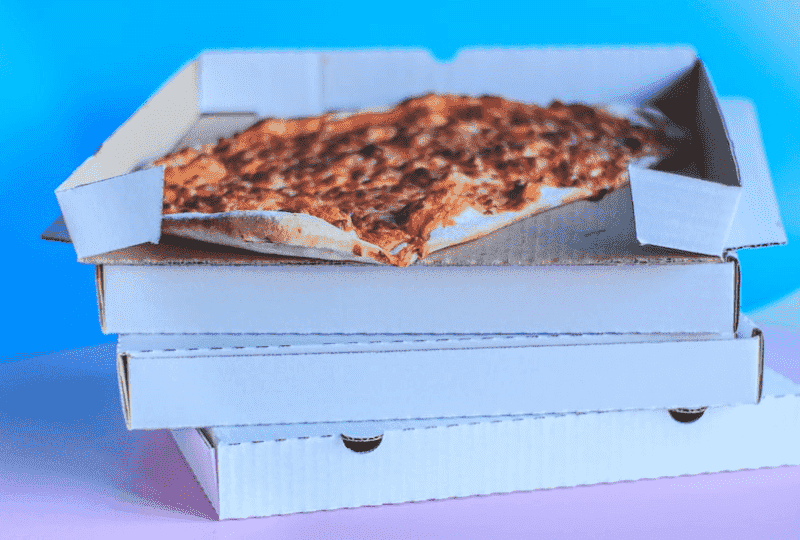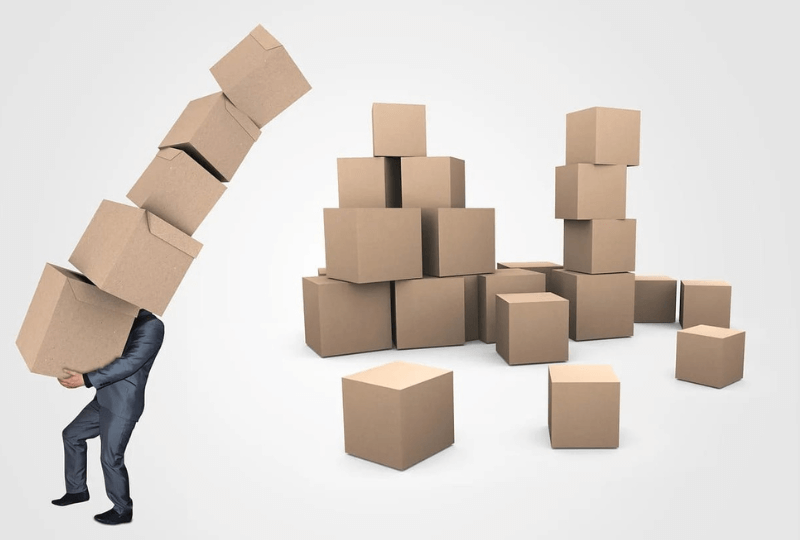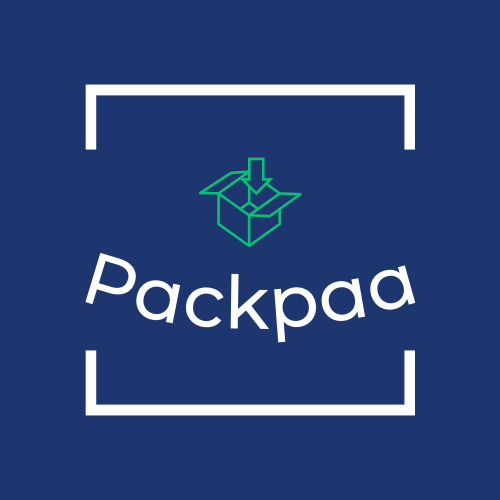Frustration-free packaging has gained significant attention in recent years as a more consumer-friendly and sustainable alternative to traditional packaging methods. In this article, we’ll delve into why frustration-free packaging is not only better for the environment and consumers but also why it can be a more cost-effective option for businesses.
Table of Contents
ToggleWhat is Frustration-Free Packaging?
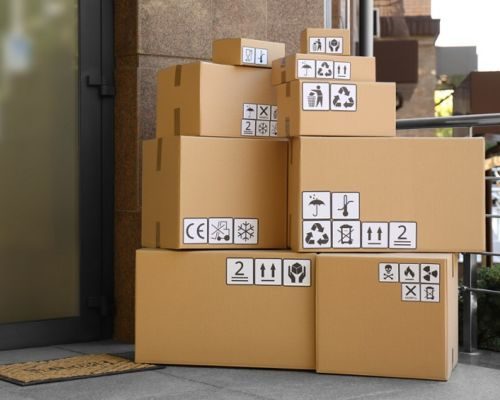
Frustration-free packaging, often abbreviated as FFP, is a method designed to minimize waste and frustration for consumers when opening products. Unlike traditional packaging, which may include excessive layers of plastic, cardboard, and ties, frustration-free packaging aims to simplify the unboxing experience while still protecting the product during transit.
Benefits of Frustration-Free Packaging:
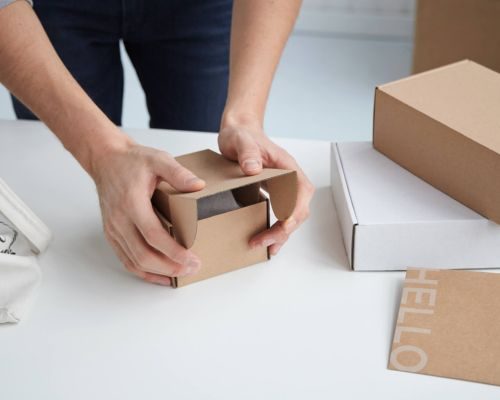
Reduced Waste: FFP typically uses less material than traditional packaging, resulting in less waste in landfills and a lower environmental impact.
Enhanced Customer Experience: Consumers appreciate the ease of opening frustration-free packaging, leading to higher satisfaction and potentially increased brand loyalty.
Cost Savings: While initial investments may be required to transition to frustration-free packaging, long-term cost savings can be realized through reduced material usage, lower shipping costs, and decreased returns due to damaged goods.
Factors Contributing to Cost-Effectiveness:
Reduced Material Costs:
Frustration-free packaging typically uses fewer materials compared to traditional packaging. Instead of multiple layers of plastic, cardboard, and other packaging materials, FFP focuses on simplicity. By using fewer materials, companies can reduce their production costs significantly. Additionally, because frustration-free packaging is often made from recyclable materials, companies may also benefit from lower material procurement costs. You may also like to read Reasons Why Packaging Design Is So Important for Your Business.
Lower Shipping Costs:
Another key factor in the cost savings associated with frustration-free packaging is its impact on shipping. Traditional packaging methods often involve bulky boxes and excessive padding, leading to higher shipping costs due to increased weight and volume. In contrast, frustration-free packaging is designed to be compact and lightweight, which can result in lower shipping expenses for businesses. By optimizing packaging size and weight, companies can save on transportation costs, especially for large-scale shipping operations.
Decreased Labor Costs:
Frustration-free packaging is not only easier for consumers to open but also simpler and quicker to assemble for manufacturers. Traditional packaging methods often require time-consuming assembly processes, including sealing boxes, applying labels, and adding protective padding. In contrast, frustration-free packaging typically involves minimal assembly, reducing the need for labor-intensive tasks. As a result, companies can save on labor costs associated with packaging production, assembly, and fulfillment.
Minimized Returns and Damages:
One often overlooked aspect of frustration-free packaging is its potential to reduce product returns and damages. Traditional packaging methods may fail to adequately protect products during transit, leading to higher rates of returns and damaged goods. Frustration-free packaging, with its focus on secure and streamlined design, can help minimize these issues. By ensuring that products arrive safely and intact, companies can avoid the costs associated with returns, replacements, and customer dissatisfaction.
Enhanced Brand Reputation:
While not directly tied to cost savings, it’s essential to consider the long-term benefits of frustration-free packaging for brand reputation. Consumers increasingly value sustainability and convenience, and frustration-free packaging delivers on both fronts. By adopting FFP, companies demonstrate their commitment to reducing waste and improving the customer experience. This positive brand image can lead to increased customer loyalty, repeat purchases, and, ultimately, higher revenues.
Read More: 15+ Helpful New Mom Care Package Ideas
Case Studies:
1. Amazon:
The e-commerce giant introduced Amazon frustration-free packaging for select products, reporting significant reductions in packaging waste and improved customer satisfaction. Amazon’s investment in FFP has contributed to both environmental sustainability and cost savings.
2. Procter & Gamble:
As a global consumer goods company, Procter & Gamble has adopted frustration-free packaging for various products, citing benefits such as reduced shipping costs and improved brand perception.
Conclusion:
Frustration-free packaging offers numerous advantages for both businesses and consumers, including cost savings, environmental benefits, and enhanced customer satisfaction. By prioritizing simplicity, sustainability, and protection, companies can reap the rewards of adopting this modern packaging approach. As consumer preferences continue to evolve towards eco-friendly and user-friendly solutions, investing in frustration-free packaging is not only a strategic choice but also a financially prudent one in the long run.
Read Our Latest Guide:
FAQs:
A: Frustration-free packaging is a packaging approach designed to simplify the unboxing experience by minimizing excess materials and making it easier for consumers to open.
A: Frustration-free packaging uses fewer materials, is easier to open, and focuses on simplicity compared to traditional packaging methods.
A: Frustration-free packaging is cheaper due to reduced material costs, lower shipping expenses, decreased labor costs, and minimized returns and damages.
A: Yes, frustration-free packaging is often made from recyclable materials and can contribute to reducing waste and promoting sustainability.
A: Frustration-free packaging can save businesses costs on materials, shipping, and labor and enhance brand reputation and customer satisfaction.

Meet Mary K, the talented author behind PackPaa. With a passion for innovative packaging solutions, Mary shares insights and expertise to elevate your business.













